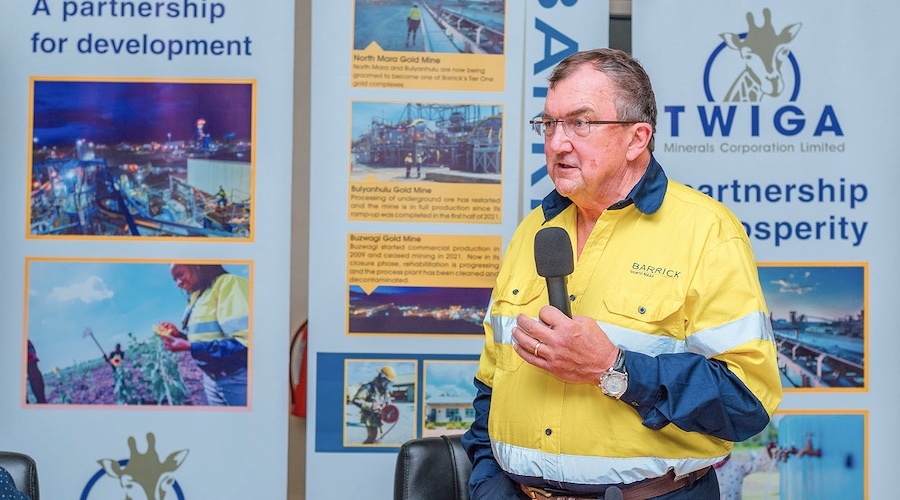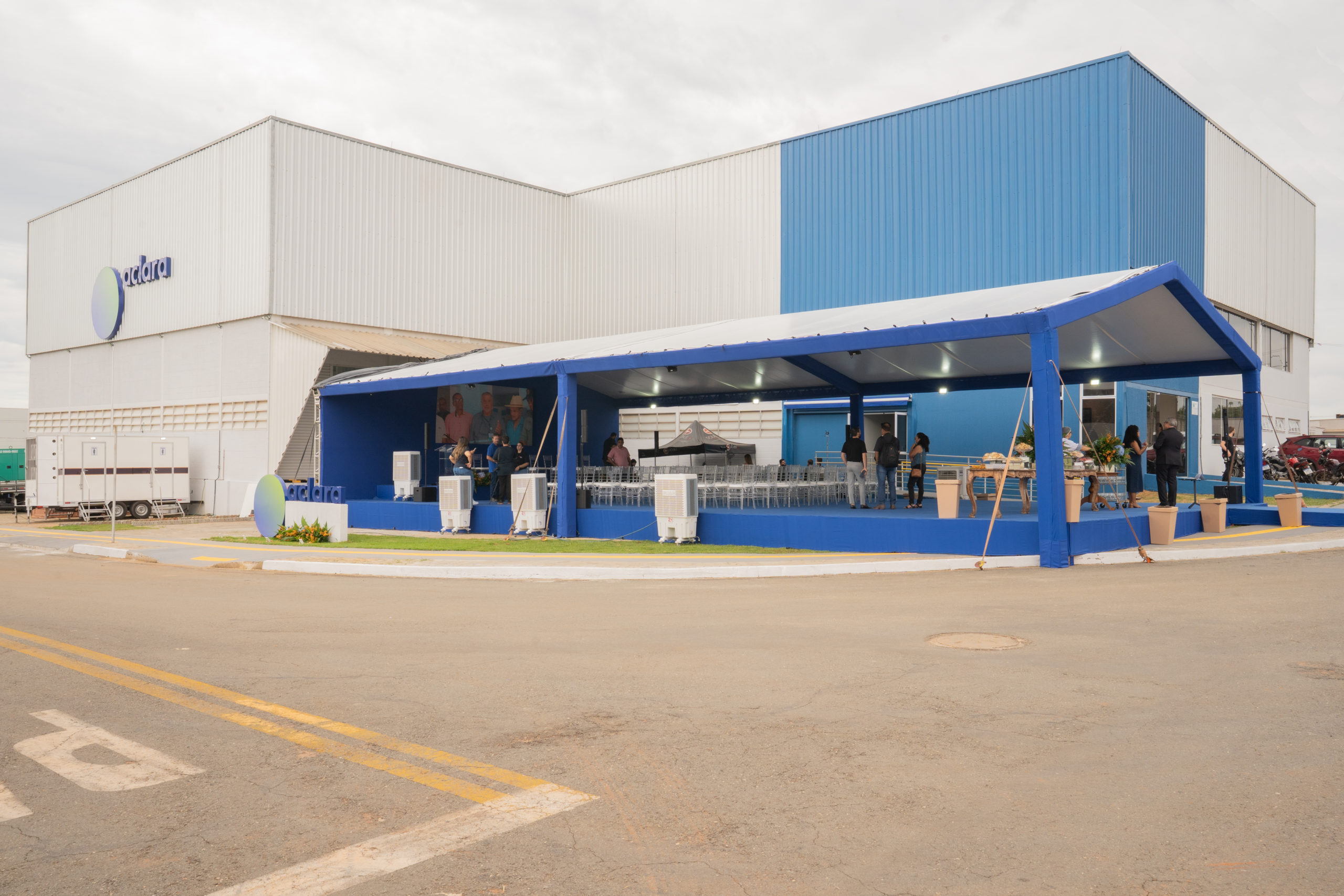Spend don’t splurge, investors tell miners as M&A, capex surges

The world’s biggest miners are cranking up spending for the first time in half a decade as well as pursuing more takeovers — and investors are flashing hazard lights as commodities prices slide and as doubts swirl over the outlook.
Capital expenditure among the 10 largest metals and mining companies is forecast to advance to about $35 billion this year, the first annual rise since 2013, according to data compiled by Bloomberg.
At the same time, the value of M&A in the sector has already surged to the highest in six years, spurred by deals including Barrick Gold Corp.’s $5.4 billion acquisition of Randgold Resources Ltd.
Capital expenditure among the 10 largest metals and mining companies is forecast to advance to about $35 billion this year, the first annual rise since 2013.
“You are seeing a sort of a pivot to growth,” said Camille Simeon, a Sydney-based investment manager at Aberdeen Standard Investments, which manages about $730 billion in assets including BHP Billiton Ltd. and Rio Tinto Group shares.
However, companies need to be certain new projects can deliver improved returns, and they should be wary of major deal-making after the industry’s past failures, she said. “Given their history, that’d be a red flag for us.”
Sector leader BHP has flagged a list of growth options, raised its annual exploration budget and this month boosted its stake in SolGold Plc, owner of a coveted copper project in Ecuador. Anglo American Plc in July give the go-ahead to a $5 billion mine in Peru, while Vale SA last week approved about a $1 billion expansion of a Brazilian copper operation.
“The key is that growth equals value for shareholders,” Olivia Markham, co-manager of BlackRock Inc.’s World Mining Trust said in an interview last month. The fund, which is backing companies with copper growth plans, expects miners to also continue to focus on returning cash to investors, she said.
BHP, Anglo and Vale are among companies on the 27-member International Council on Mining and Metals, an industry group with a combined market value of about $500 billion, gathering Tuesday in Melbourne for a bi-annual meeting. Key sector executives, including from Rio, MMG Ltd. and Goldcorp Inc., will also address a separate, three-day conference taking place in the same city through Thursday.
“There’s a lot of activity underway at the moment, and a lot of us have depleting assets,” Elizabeth Gaines, chief executive officer of Fortescue Metals Group Ltd., which in May approved a $1.3 billion project to build a new iron ore mine, said in a phone interview.
“Capital budgets are reflecting that, though it’s more about reinvestment — value over volume is still a key theme,” said Gaines, who’ll address the Melbourne conference Wednesday.
BHP itself has pointed to a cautious short-term outlook and raw materials have declined in recent months on concerns over U.S.-China trade tensions and the potential for weaker global demand for industrial commodities. Producers have also retreated, with the Bloomberg World Mining Index of more than 110 companies tumbling last week to a two-year low.
Over the medium term, a lack of capital spending by miners in recent years should help tighten some commodity markets, as there are few new operations ready to add supply, according to Aberdeen’s Simeon. “Assuming demand holds up, then the fundamentals for some commodities are going to be looking more attractive,” she said.
More News
{{ commodity.name }}
{{ post.title }}
{{ post.date }}



Comments